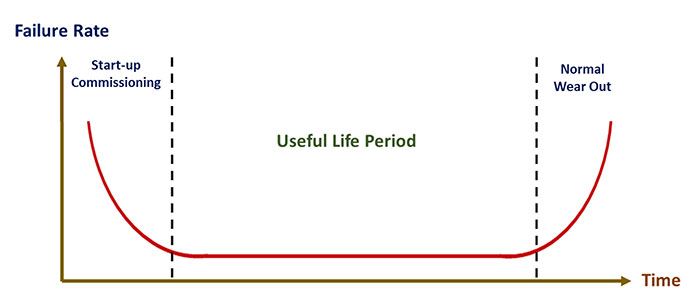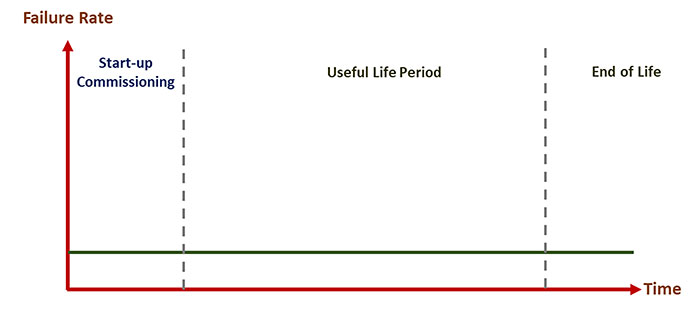Acceptance criteria are important. Unfortunately, we often overlook or undervalue it as an aspect of the iterative planning process. It is extremely important because projects succeed or fail based on the ability of the team to develop comprehensive, all-inclusive acceptance criteria that provide the expected results as outlined in the project justification of the general scope document (GSD). When we clearly define the criteria upfront, we avoid surprises at the end and ensure a higher level of satisfaction. In other words, we are able to answer these two important questions: Did we achieve the desired system requirements? And, did we meet or exceed the justification of the project? The acceptance criteria, also known as owners acceptance criteria (OAC), is perhaps the most comprehensive segment of the GSD and, therefore, requires a fair amount of effort from the team members and attention to detail.
What are Acceptance Criteria?
They are the conditions that a product or system must satisfy to be accepted by the end user or equipment owner or, in the case of system-level functionality, the consuming system. Acceptance criteria are a set of statements, each with a clear pass or fail result (no gray area), that specify both functional and nonfunctional requirements and are applicable throughout the operating range of the system. Acceptance criteria constitute the end user’s or equipment owner’s definition of “done,” and by done, I mean well done. Let me be clear: There is no partial acceptance. Either the acceptance criteria are met, or they are not.Clarity Is Power
During my 45-plus year career, I have worked for several pump and motor OEMs. I have lost count of the number of times I have been called to a site during commissioning due to issues with my company’s product. As an aside, I have realized that when addressing a pumping system, it is always a motor or pump problem (more on this later). By the time I am called, the client is typically at the end of their patience. My first action is to calm everyone down and to assure them that we will get the issues resolved. When addressing a commissioning issue, I ask for the engineering data and specs, as well as (ready for this) the GSD that includes, among other critical items, the owners acceptance criteria. Why do I ask for this information upfront? If the end user did not ask for certain criteria to be met, why would you expect the engineering, procurement and construction (EPC) firm or contractor to provide said deliverable? You cannot expect the EPC or contractor to read your mind, nor can you expect them to go the extra mile, as this costs money. I cannot count the number of times I heard the following comment from an unhappy end user, “I thought that was a given” or “I expected the EPC to do that.” Sorry, folks. It does not work that way. You must state your criteria upfront in the GSD for all the potential “bidders” to see. You can look at the OAC as your “get out of jail free card.” If you clearly—let me say it again: clearly—state your acceptance criteria in the GSD, the EPC or contractor does not have a leg to stand on. They must meet your OAC. Make sense?What Should be in the OAC?
I am sure you heard the expression “the devil is in the details.” Well, the OAC portion of the GSD is no exception. As a team, make sure everyone—all stakeholders in the project—provide input as to their expectations of a successful product or outcome (both functional and nonfunctional requirements).Example of an OAC
Develop a spreadsheet containing the required criteria. Depending on the criticality of each component, you may want to include a witness or sign off by management (trust, but verify). The OAC should contain step-by-step criteria for the selection, installation and operation of the pumping system. This can be compiled in a spreadsheet that contains specific criteria, witness checkpoints and standards (if applicable), as well as acceptable limits if standards do not apply. This includes, but is not limited to:- pump selection
- system requirements (over-operating envelope) including head and flow
- mean time between repairs (MTBR)
- pump efficiency
- base plate (grouted type with Epoxy)
- installation (reference API 686)
- vibration criteria
- system efficiency (over-operating envelope)
- pump or system performance (above and beyond system efficiency)
 Image 1. Typical bathtub curve.
Image 1. Typical bathtub curve. Image 2. Reliability curve.
Image 2. Reliability curve.
